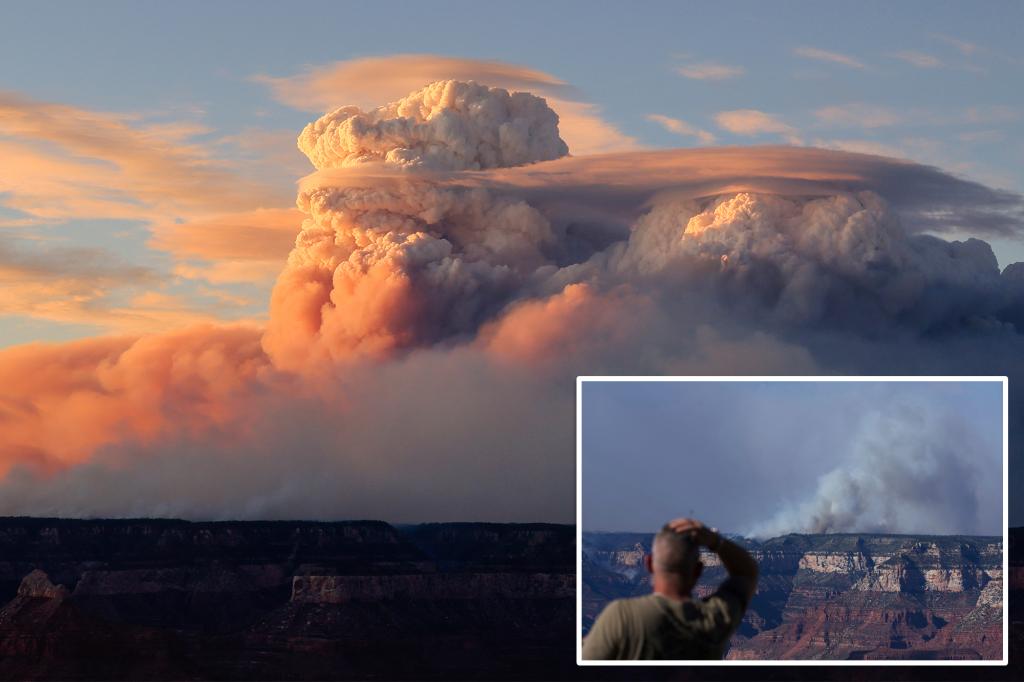Two significant wildfires are currently burning in the western United States, including a “megafire” near the Grand Canyon in Arizona, which has consumed over 164 square miles and destroyed the Grand Canyon Lodge. Another major fire in Monroe, Utah, has spread across 75 square miles since July 13, resulting in evacuation orders for affected towns.
These wildfires are generating “fire clouds,” particularly the Pyrocumulus clouds, which can create their own unstable weather systems. These clouds exacerbate the fires by producing powerful winds and downdrafts that complicate firefighting efforts. As the fires rage, firefighters in both states are facing challenges due to soaring temperatures, low humidity, and prompt wind shifts.
In Utah, severe fire conditions led to a state of emergency declaration. The Monroe fire has cut power to several communities, prompting local officials to coordinate food and supply efforts for affected residents.
The situation is critical, as fire behavior analysts warn that climate change is likely driving longer fire seasons and more extreme conditions, enhancing the frequency of such wildfires and their associated phenomena. The National Interagency Fire Center cautions that many regions remain susceptible to new fire outbreaks, despite less overall land burned so far this year.
Source link


